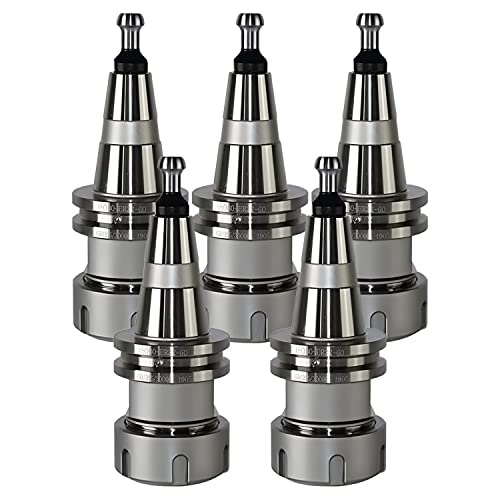Im going to apologize in advance for all the questions I have for you!
The gib screw that you intend to modify, it it on the operators side or the back side ?
What is the 918/920 and 9180 number stand for? Is it a particular series or model number or production number for the lathe?
Mine rungs at 100 rpm as verified by a separate hall effect sensor I have.
As I stated above in the other post, cant we just cahange the ratio of the drive belt/pulleys? If we can will the rpm readout be off or does this machine get its signal from a preprogrammed setting?
Lastly, could you show me where to find this info on the gearbox and dogclutch f from Marting Cleeve?
Again, sorry for all of the questions. I am eager to learn more about these machines and want to absorb anything I can find as there isnt much info on the web on the SC4. If there is, then I just dont know where to find it or how to search for it.
The three gib screws are on the rear of the slide of the saddle. So it is quite sensible to interspace 2 between them.
The 918/920 is for yet another 'Chinese' lathe that swings 9" and has either 18 or 20" between centers. However, it has a gear box- a bit clumsy but a gearbox. nevertheless. As it comes in the box, it has both chucks, a faceplate and both steadies as well as the ability to cut metric and imperial threads-- a bit too fast for me.
So Martin Cleeve. He had a ML4 beloved of JC Steam and did a lot of improvements which featured in Model Engineer and one was a dog clutch which appears both in Model Engineer and later in his excellent book 'Screwcutting in the Lathe' and this is still in print!
The gearbox mentioned is because the old Myford ML4 never had a gearbox and when Cleeve got fed up swopping cogs he made an outrider gear box which was published a long time ago in Model Engineer.
On the subject of the newer( then ML7) Cleeve appears to be unable to purchase a full blown ML7 but persuaded to get Myford to sell him a part machine so that he could use fast and loose pulleys drive a big 1HP motor but also a 1/3rd one.
What isn't so well known( now) is that he utilized lots of fabrications to make bits for both lathes and descriptions appeared in both Model Engineer and later in Engineering in Miniature.
We - that is Jim Early and myself tried to put this work on the 'net after Cleeves death but ran into copyright problems with the new masters of Model Engineer
Alas Brother Jim has reached the Grand Lodge above and I'm near enough the journey at almost 88 now to continue.
However, I hope that this information might be constructive.
So there you have it
Kind Regards
Norman











































![TurboCAD 2020 Designer [PC Download]](https://m.media-amazon.com/images/I/51UKfAHH1LL._SL500_.jpg)
![DreamPlan Home Design and Landscaping Software Free for Windows [PC Download]](https://m.media-amazon.com/images/I/51kvZH2dVLL._SL500_.jpg)























